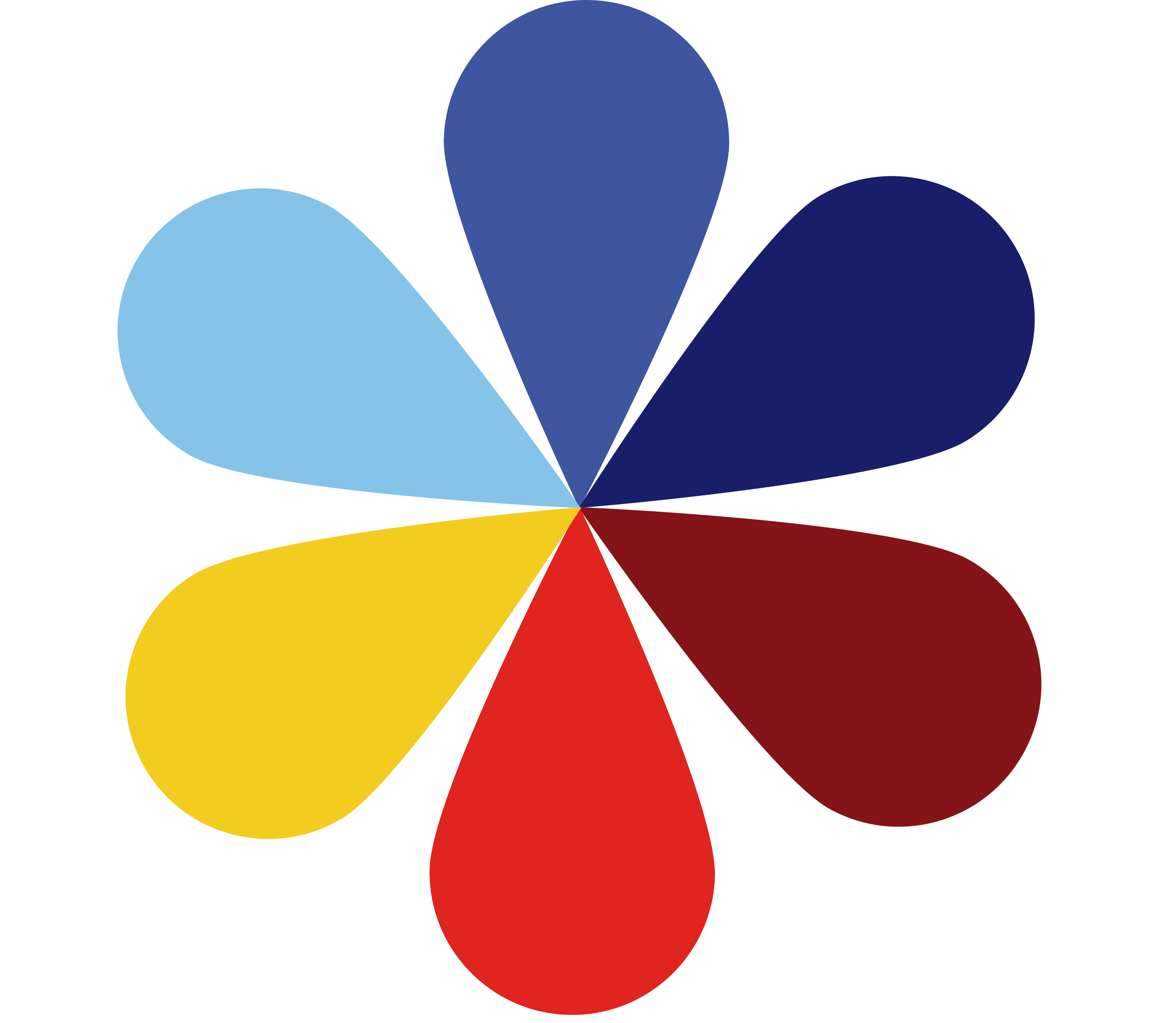set-up
The mesocosm arrays consist of 1000-L tanks that mimic small ponds. In each location, 32 mesocosms were installed ca. 3-5 meters apart. Mesocosms were initiated by adding 100kg of topsoil collected locally. We filled each mesocosm with local water; the final depth of the soil layer ranged from 5-8 cm as a result of differences in water content of each soil. We inoculated mesocosms from late February to the beginning of April 2014. In order to prevent confounding effects associated with the timing of installation we started with southern locations then moved north to track the rising temperatures and the beginning of spring. Following the addition of water, we left the mesocosms to settle without further manipulation for a month. The initial settling period allowed the establishment of primary producers (e.g., bacteria, microalgae), which were already present in the water, and insects (e.g., water striders) that independently colonized the ponds. Following the initial settling period, we inoculated the ponds with water collected from local natural and artificial ponds within a few kilometers from the experimental site. This inoculation added a further pool of species of producers (e.g., phytoplankton, benthic diatoms) and small consumers (e.g., zooplankton). Finally, we collected macroinvertebrates, macrophytes and sediment samples, adding a range of larger organisms such as molluscs. This sequential inoculation minimized potential differences among the sites associated with the starting date of the experiments but also allowed to mimic a natural process of colonization in natural ponds. All mesocosms are left untouched until spring 2015 to allow the establishment of aquatic food webs.
